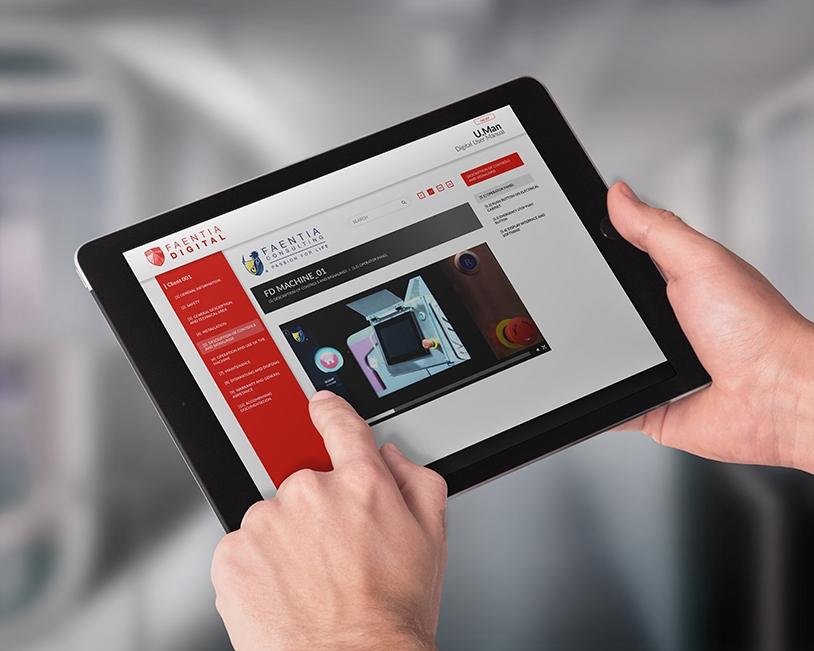
In industry 4.0, how is the role - and utilisation - of instructions in man-machine interactions changing?
This topic was discussed on 16 October at the “Ergonomics and Enterprise 4.0” seminar as part of the Bologna-held Ambiente Lavoro event.
During his talk on “Multimedia technical documentation as a driver of innovative man-machine interaction”, engineer Giovanni Miranda explained problems, challenges and possible solutions concerning integration of Instructions for Use management into Man-Machine Interaction environments using new IoT 4.0 digital tools.
Man-Machine Interaction necessarily involves workers using Instructions for Use. So how are, at this present time, instructions considered and, above all, how are they acknowledged by the workers themselves?
Often drafted without taking into account the ways people learn, delivered either incomplete or even after the machine is already up and running, the Instructions are frequently seen as something separate from the actual 'machine' component. Wrong not just from a theoretical viewpoint, such a perception also fails to comply with the requirements of EU Machinery Directive 2006/42 which considers Instructions to be an integral part of the machine.
The Directive also provides clear and precise regulations concerning their content and obliges manufacturers to market machines that come complete with Instructions. “What seems to be missing from the information contained in the Directive”, states Miranda, “is a specification concerning the form such instructions should take”.
Given this, the staff at Faentia Consulting sought to answer the following questions:
- How can Instructions that meet the needs of the user and his/her learning methods be drawn up?
- What form should the Instructions take to improve the probability of them being read and understood?
Following in-depth analysis of markets and machine users' needs, Faentia Digital (the strategic brand created to organise and develop Faentia Consulting's commitments in the digital field) has introduced U.MAN (Digital User Manual) to the market.
Its main features are:
- it can be browsed like a website and accessed via a QR Code;
- it can handle various content types (text, images, videos etc.);
- it lets users see how the machine works;
- it lets users access video tutorials describing the tasks to be performed;
- it reduces translation costs drastically.
Designing and building U.MAN within Faentia Consulting was possible thanks to the broad skills set of a team that includes Certified Ergonomists, UX/UI Experts, Front End & Back End Developers, archivists and machine safety analysts.
Using U.MAN instead of "traditional" Instructions is, then, a significant initial response to new challenges arising from fast-evolving markets and represents a first yet decisive step towards the digital evolution of Technical Communication.


